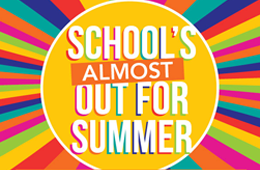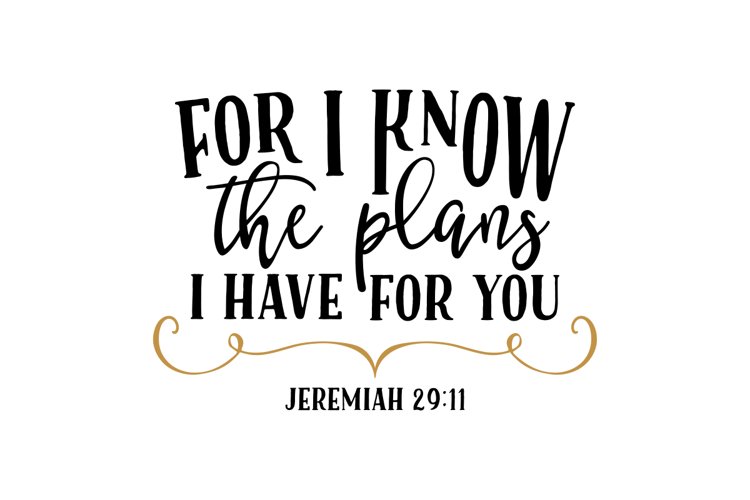Can you tell that I’m a math teacher – My post titles use math?! Two weeks behind me out of the first eight. I’ve been busy but on top of things. This is the last week of school for students, so I am excited that this year is over and that should free up some of my time each day. However, I am definitely looking forward to some traveling this summer.
Technology in Education
Purpose of Technology in Education
Technology can be viewed as an imperative tool educators use to provide and improve outstanding instruction. Students over the last decade have been inundated with various types of technologies nearly every day of their lives. They have become accustomed to interacting with handheld devices that provide instantaneous information or feedback. Teachers are now able to harness their technology expertise and transfer that knowledge into a creative teaching tool used to prompt discovery education, develop critical thinking, and enhance student success (Reddy & Bubonia, 2020). When technology becomes part of the curriculum, teachers see more excited learners as they master content and skills that become valuable after graduation.
Meeting the needs of students with learning disabilities is another purpose served by the integration of technology into classrooms. English Language Learners or students with visual impairments now have accommodations at their fingertips. Accommodations such as text-to-speech, color overlay, text color, and enlarged print or magnification are now individualized without any disruption to the overall instruction (Reddy & Bubonia, 2020). Streaming services with autogenerated captions are standard defaults for videos uploaded to online platforms to assist those with auditory hindrances (Google, 2022).
Furthermore, the access to classroom education that is granted utilizing the world wide web offers the ability for students to work on their education at their own time and pace. Secondary students can review classroom lectures and notes, interact with lesson content, view tutorial videos, and submit assignments all from their own homes at any given time of day. Colleges and universities now offer certifications and degrees, making higher education flexible and obtainable for students around the world (Raja & Nagasubramani, 2018). The plethora of information that is now available to enhance one’s learning is remarkable.
Professional Obligation
The Texas Education Agency set forth two goals for classroom teachers: technology literacy and curriculum integration with the outcome that every student crosses the “digital divide” (Texas Education Agency, 2019). As educators prepare a curriculum that incorporates today’s technological resources, it is their professional obligation to “incorporate the effective use of current technology for teaching” and thus create an authentic learning environment (TEKS, 2000). Students who learn the use of technology while in school graduate with skills that are beneficial in higher education or valuable to employers after graduation. Therefore, it is imperative that educators actively integrate lessons involving technology.
Biblical Defense
To use a tool is to be master over it to use it to better your life or the life of someone else, not to become the slave to the tool or allow the works of evil to use it to harm you. Technology is much like that, allowing our devices to harm us spiritually or as Paul tells us in Romans 12:2, we can use the tools of technology that the Lord has provided to us for good in this world, equipping others through our unification in Christ (Holy Bible: New Living Translation, 2015). When the printing press was invented, the world gained a new technology that led to the mass production of God’s Word. Still true today, Christians can use technological advancements to share the Gospel around the world as Christ instructed in His Great Commission (Matthew 28:16-20). With so many responsibilities during a school year, including curriculum planning, it is continually important that teachers holdfast to 1 Corinthians 10:31, “So whether you eat or drink, or whatever you do, do it all for the glory of God.” These scriptures remind us that educators are challenged with integrating the tools of technology into our curriculum as a method of ministering to our mission field – our classroom.
Personal Teaching Approach
Christ instructs believers to “do the work of an evangelist, carry out your ministry fully,” a verse that I try to live by each day I set foot on our high school campus (2 Timothy 4:5). There are aspects of education that require teachers to prepare students for life after graduation, albeit higher education, military service, or starting their careers. Technology skills arise in each of these environments, and I am responsible for providing an education to these students that effectively demonstrates the proficiencies needed for their success.
References
Google. (n.d.). Translate Videos, Subtitles, & Captions – YouTube Help. Google. Retrieved May 20, 2022, from https://support.google.com/youtube/topic/9257536?hl=en&ref_topic=
9257610
Holy Bible: New Living Translation (2015). Wheaton, Ill: Tyndale House Publishers.
Raja, R., & Nagasubramani, P. C. (2018). Impact of Modern Technology in Education. Journal of Applied and Advanced Research, 3(1), 33-35.
Reddy, S. L., & Bubonia, J. (2020). Technology in Education: Learning Opportunities for Teachers and Students. Journal of Family & Consumer Sciences, 112(1), 46-50.
Texas Education Agency. (2019, August 18). Technology Standards for Students, Teachers, and
Librarians. Texas Education Agency. Retrieved May 19, 2022, from https://tea.texas.
gov/academics/learning-support-and-programs/technology-resources/technology-
standards-for-students-teachers-and-librarians
Texas Essential Knowledge and Skills (TEKS) for Early Childhood – Grade 12 : 19 TAC
Chapter 126, Technology Application Standards. Austin, Tex. :Texas Education Agency,
2000.
Differentiation through Technology
Effective teachers balance the demand of their curriculum with the needs of their students by using a variety of instructional strategies. Strategies that address learning styles, such as auditory, visual, and kinesthetic aid students, especially those who need differentiation, to make connections, discover abstract concepts through visuals, or work in classrooms where cooperative learning and movement allow higher levels of comprehension to occur (Ramsay, 2005). As teachers prepare lessons that address individual needs, they must continually build “rich repertories of . . . examples” to incorporate into their daily instruction (Brown, 2007).
Another method for balancing this demand is knowing your students. To gain an understanding of how a student thinks, learns, or behaves, teachers need to educate themselves about the academic needs of whom they are teaching. Discovering their learning style can help teachers better understand students’ weaknesses and make adjustments or modifications to curriculum that allows for greater success (Brown, 2007). Scripture reminds us in Philippians 2:4, “Don’t look out only for your own interests, but take an interest in others, too” (New Living Translation, 1996/2015).
There is a vast number of tools teachers have access to help them build their curriculum while addressing students’ needs: tools as basic as calculators and reference charts, to tablets, mobile devices, and laptops. The latter opens up the world of apps, software and educational websites.
As a math educator, I continually seek to discover new ways to incorporate technology in my instruction. My classes are fortunate enough to have access to Chromebooks every day. I utilize Google Classroom as our learning management system where I am able to assign interactive digital lessons and post discussion questions. Our district also uses a website to assign online assessments, thus allowing my students individual modifications such as text to speech, enlarged text, color overlays and online calculators and reference charts. Other technologies you might see in my classroom throughout the year consist of graphing calculators, stations with QR codes for use with mobile devices, and access to tutorial videos via youtube. I also use interactive assignments online that allow students to manipulate items for self-discovery of abstract concepts. As one type of technology will never meet the needs of every student, my prayer is that through this variety, each and every student is able to find success as we progress through the year.
References
Brown, M. R. (2007). Educating All Students: Creating Culturally Responsive Teachers,
Classrooms, and Schools. Intervention in School and Clinic, 43(1), 57–62.
https://doi.org/10.1177/10534512070430010801
New Living Translation. (2015). New Living Translation. (Original work published 1996)
Ramsay, N. J. (2005). Teaching Effectively in Racially and Culturally Diverse Classrooms.
Teaching Theology & Religion, 8(1), 18–23.
12.5%
Of the 8-week course, one week down. It wasn’t super bad. I feel like I planned out my week pretty decently and even gave myself Friday night off for a quick boat ride on the lake with a friend. However, the weekend hours quickly filled in and it was Sunday night before I knew it. And then, not realizing that the university is on EST, I lost an hour that I thought I had. Wasn’t the end of the world.
So – on to week 2. I think the assignment load this week is a smidge less.
Deep Breath
SO – today was day one. I have been stressed out about it. In the end, today was productive. I mean, I’m still teaching full time and driving a bus route and keeping up with the kiddos (and dinner and soccer and grading…). I’m worn out. However, getting a chance to fully see what’s expected in the weeks ahead helped. I completed assignments today. I’m not a 20 something college kid anymore. I have to remember that – not that I was ever one to procrastinate.
I’d be remiss if I didn’t say that reading the intro from my professors, hearing what they had to say and share, was the one key factoring in realizing that they are not out to get me. [I have had those in the past, not at my current school, that seemed like their goal was to fail everyone].
Snail.
I have always know I was a slow reader. I enjoyed English class when the teacher would read aloud; allowed my brain to see the words on the book page in front of me and hear the language. NOT so much anymore. I began reading last night, from one of my textbooks. Although technology has always interested me, I find that I just read slow. I’ve already been told that the more I read throughout grad school the better, easier, faster I’ll become. Hope that’s true.




